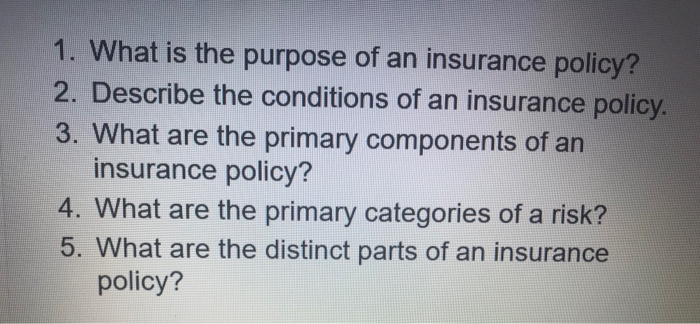The Single Strategy To Use For Pacific Prime
The Single Strategy To Use For Pacific Prime
Blog Article
Pacific Prime Can Be Fun For Everyone
Table of ContentsThe Definitive Guide to Pacific PrimeThe Pacific Prime StatementsFacts About Pacific Prime RevealedPacific Prime Things To Know Before You BuyExcitement About Pacific Prime

This is since the information were collected for a period of solid economic performance. Of the approximated 42 million people that were uninsured, almost concerning 420,000 (about 1 percent) were under 65 years old, the age at which most Americans become qualified for Medicare; 32 million were adults between ages 18 and 65, about 19 percent of all grownups in this age; and 10 million were children under 18 years old, regarding 13.9 percent of all kids (Mills, 2000).
These price quotes of the number of persons without insurance are produced from the annual March Supplement to the Present Populace Survey (CPS), carried out by the Demographics Bureau. Unless or else kept in mind, national quotes of people without medical insurance and proportions of the populace with various kinds of coverage are based on the CPS, the most widely used resource of price quotes of insurance policy protection and uninsurance prices.
The Pacific Prime PDFs

Still, the CPS is especially helpful due to the fact that it creates annual estimates reasonably promptly, reporting the previous year's insurance policy coverage approximates each September, and because it is the basis for a regular collection of estimates for more than two decades, permitting analysis of trends in coverage gradually. For these factors, in addition to the comprehensive usage of the CPS in other researches of insurance policy coverage that exist in this record, we rely on CPS quotes, with restrictions kept in mind.

The price quote of the variety of uninsured people increases when a population's insurance coverage status is tracked for a number of years. Over a three-year period beginning early in 1993, 72 million individuals, 29 percent of the united state population, lacked insurance coverage for at the very least one month. Within a single year (1994 ), 53 million people experienced a minimum of a month without protection (Bennefield, 1998a)
Six out of every 10 without insurance adults are themselves used. Working does boost the probability that one and one's family participants will have insurance policy, it is not an assurance. Also members of family members with 2 full-time wage income earners have practically a one-in-ten opportunity of being without insurance (9.1 percent without insurance price) (Hoffman and Pohl, 2000).
Not known Facts About Pacific Prime
New immigrants make up a considerable proportion of people without medical insurance. One analysis has actually connected a significant portion of the current growth in the size of the U.S. uninsured populace to immigrants that arrived in the country between 1994 and 1998 (Camarota and Edwards, 2000). Recent immigrants (those who concerned the United States within the previous 4 years) do have a description high price of being without insurance (46 percent), however they and their youngsters account for simply 6 percent of those without insurance policy nationally (Holahan et al., 2001).
The connection in between medical insurance and access to care is well established, as documented later in this chapter. Although the connection in between wellness insurance policy and health outcomes is neither direct neither easy, a considerable clinical and health solutions research literature web links medical insurance protection to better accessibility to care, much better high quality, and improved personal and populace wellness standing.
Levels of evaluation for checking out the impacts of uninsurance. This discussion of health insurance policy coverage focuses mostly on the U.S. populace under age 65 since practically all Americans 65 and older have Medicare or various other public protection. It concentrates specifically on those without any wellness insurance coverage for any kind of size of time.
The Ultimate Guide To Pacific Prime
The problems encountered by the underinsured are in some aspects similar to those faced by the without insurance, although they are normally less extreme. Health insurance coverage, however, is neither necessary neither sufficient to gain accessibility to clinical services. The independent and straight effect of wellness insurance protection on access to wellness services is well developed.
Others will acquire the healthcare they need also without health and wellness insurance policy, by paying for it expense or seeking it from service providers who use treatment complimentary or at highly subsidized prices. For still others, medical insurance alone does not guarantee receipt of treatment as a result of other nonfinancial barriers, such as an absence of health and wellness treatment companies in their area, restricted accessibility to transport, illiteracy, or linguistic and social differences.
A Biased View of Pacific Prime
Official study about uninsured populations in the USA dates to the late 1920s and early 1930s when the Committee on the Cost of Treatment created a collection of records concerning financing doctor workplace gos to and hospitalizations. This issue became prominent as the numbers of medically indigent climbed throughout the Great Clinical depression.
Report this page